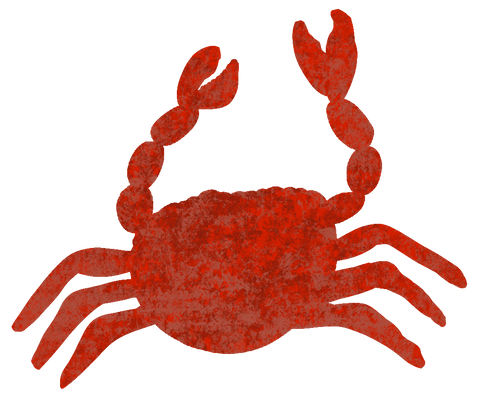Keep the kids busy this summer with this super fun beach scavenger hunt! Look out for all of the cool and fascinating things to find by the seaside and see how many you can collect.

Sea glass
Sea glass comes from broken glass that over time becomes smooth from waves and rocks pushing against it. Lots of people collect the sea glass and make art or jewellery from it.
Fun Fact: Sea glass takes 20 to 40 years, and sometimes as much as 100 to 200 years, to get its texture and shape.

Sand dollar
Sand dollars are species of flat, burrowing sea urchins. Some species , not quite as flat, are known as sea biscuits. Sand dollars can also be called "sand cakes" or "cake urchins".
Fun Fact: Scientists can age a sand dollar by counting the growth rings on the plates of the exoskeleton. Sand dollars usually live six to 10 years.
Drift Wood
Driftwood is wood that has been washed onto a shore or beach of a sea, lake, or river by the action of winds, tides or waves. It provides shelter and food for birds, fish and other aquatic species as it floats in the ocean.
Fun Fact: Driftwood can come from the remains of wooden ships and boats.
Crab
Crabs have eight walking legs and two grasping claws. Their short body is covered by a thick exoskeleton and they are very simular to lobsters, crayfish and shrimps.
Fun Fact: The smallest are the size of a pea; the largest ( The Japanese spider crab) grows to a leg span of 4 metres. There are about 7,000 species that we know of.
Seagull Feather
Seagull has strong body, elongated legs and webbed feet . Beak is slightly hooked and usually yellow in colour. RSPB figures suggest the UK breeding population of herring gulls has declined dramatically – from 750,000 pairs in 1993 to 378,000 pairs in 2010 and
140,000 pairs now.
Fun Fact: Seagulls are one of the rare animals that are able to drink salt water. They have special glands (located above the eyes) which eliminate excess salt from the body.

Mussel shell
Common mussel lives on rocky, sandy or muddy shores, from the low tide mark and in shallow seas all around the UK. Their shells are usually a blueish-grey colour, though they are sometimes purple or brown.
Fun Fact: Mussels are long-lived, some species can live over 100 years.
Shell
A shell is a hard protective outer layer usually created by an animal that lives in the sea. The shell is part of the body of the animal. Empty seashells are often found washed up on beaches by beachcombers.
Fun Fact: Australian Trumpets being the world’s largest seashell isTheir shells are known to grow up to 91 cm (or 35 inches) in length and weigh around an impressive 18kg.

Seaweed
Seaweed is actually a type of algae not a plant. They have no leaves, stems, or roots to transport water or nutrients.
Fun Fact: Seaweed, kelp, phytoplankton, and algal plankton produce 70% of the air/ oxogen we breathe, which is why they are very important.






